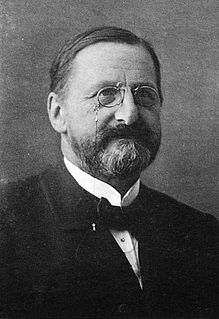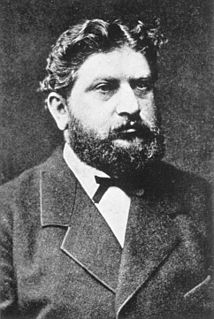Willy Schwarz (born 8 December 1906 in Göttingen, died 1982) was a German physician and anatomist, who was Professor and held the second chair in anatomy at the Free University of Berlin from 1966 to 1976. [1] He obtained his Habilitation in 1937, and taught at the University of Jena and the University of Königsberg prior to 1945. From 1949, he was employed at the Free University of Berlin, as Adjunct Professor (apl. Professor) 1949–1951, as Professor Extraordinarius (ao. Professor) 1951–1966 and as Professor Ordinarius from 1966. He was Director of the Research Department for Electron Microscopy and of the Institute for Anatomy. [2] [3]

Anatomy is the branch of biology concerned with the study of the structure of organisms and their parts. Anatomy is a branch of natural science which deals with the structural organization of living things. It is an old science, having its beginnings in prehistoric times. Anatomy is inherently tied to developmental biology, embryology, comparative anatomy, evolutionary biology, and phylogeny, as these are the processes by which anatomy is generated over immediate (embryology) and long (evolution) timescales. Anatomy and physiology, which study (respectively) the structure and function of organisms and their parts, make a natural pair of related disciplines, and they are often studied together. Human anatomy is one of the essential basic sciences that are applied in medicine.

The Free University of Berlin is a research university located in Berlin, Germany. One of Germany's most distinguished universities, it is known for its research in the humanities and social sciences, as well as in the field of natural and life sciences.
Habilitation defines the qualification to conduct self-contained university teaching and is the key for access to a professorship in many European countries. Despite all changes implemented in the European higher education systems during the Bologna Process, it is the highest qualification level issued through the process of a university examination and remains a core concept of scientific careers in these countries.













